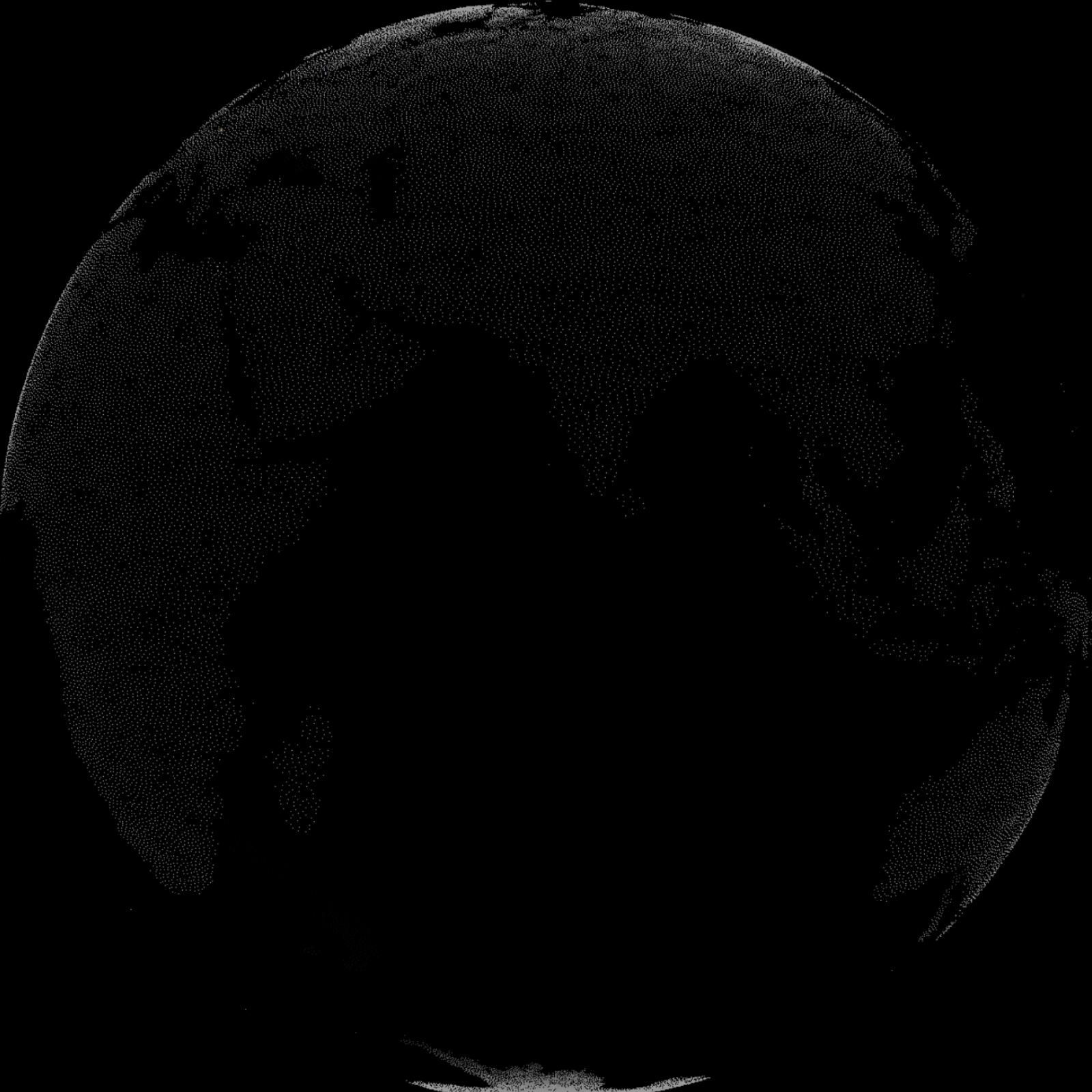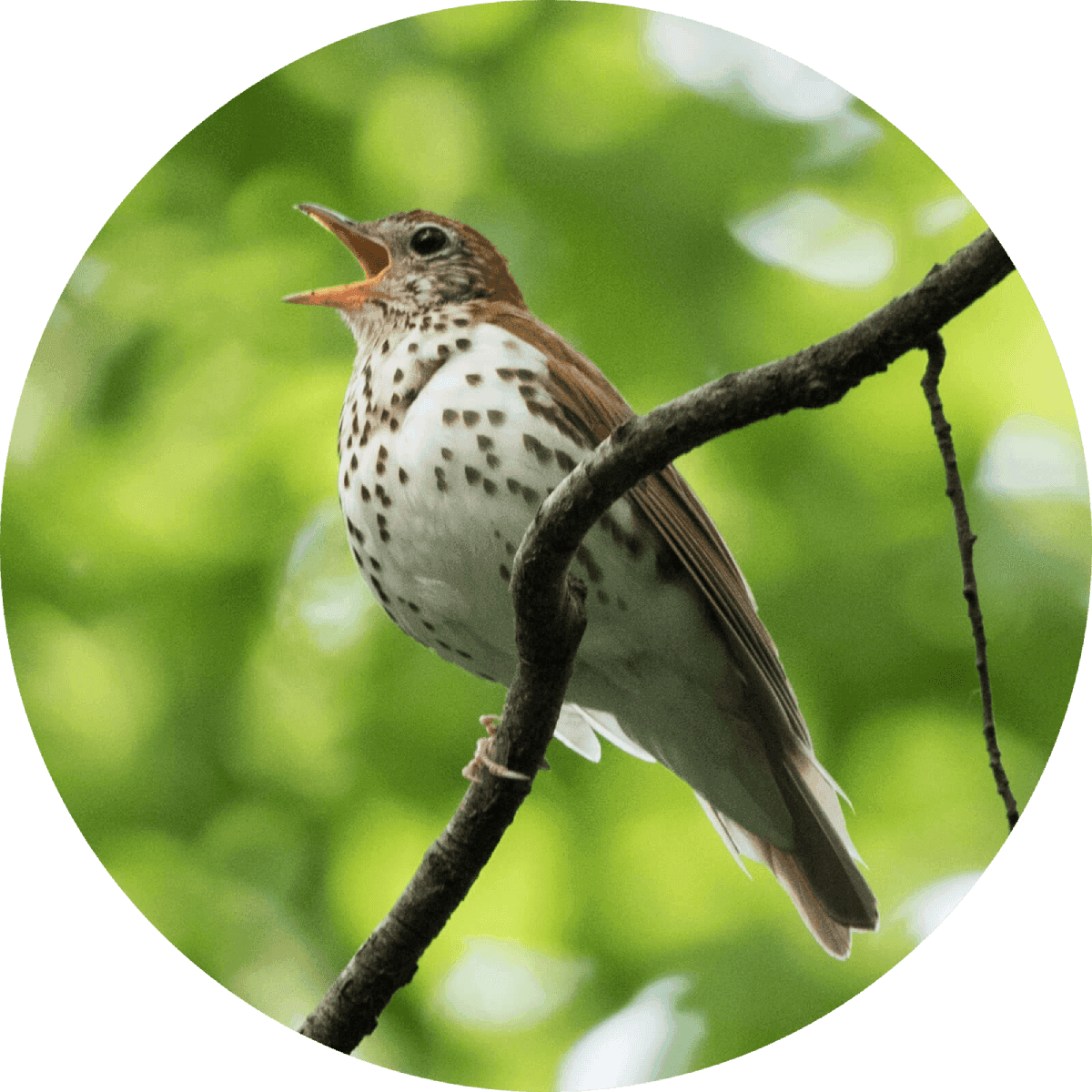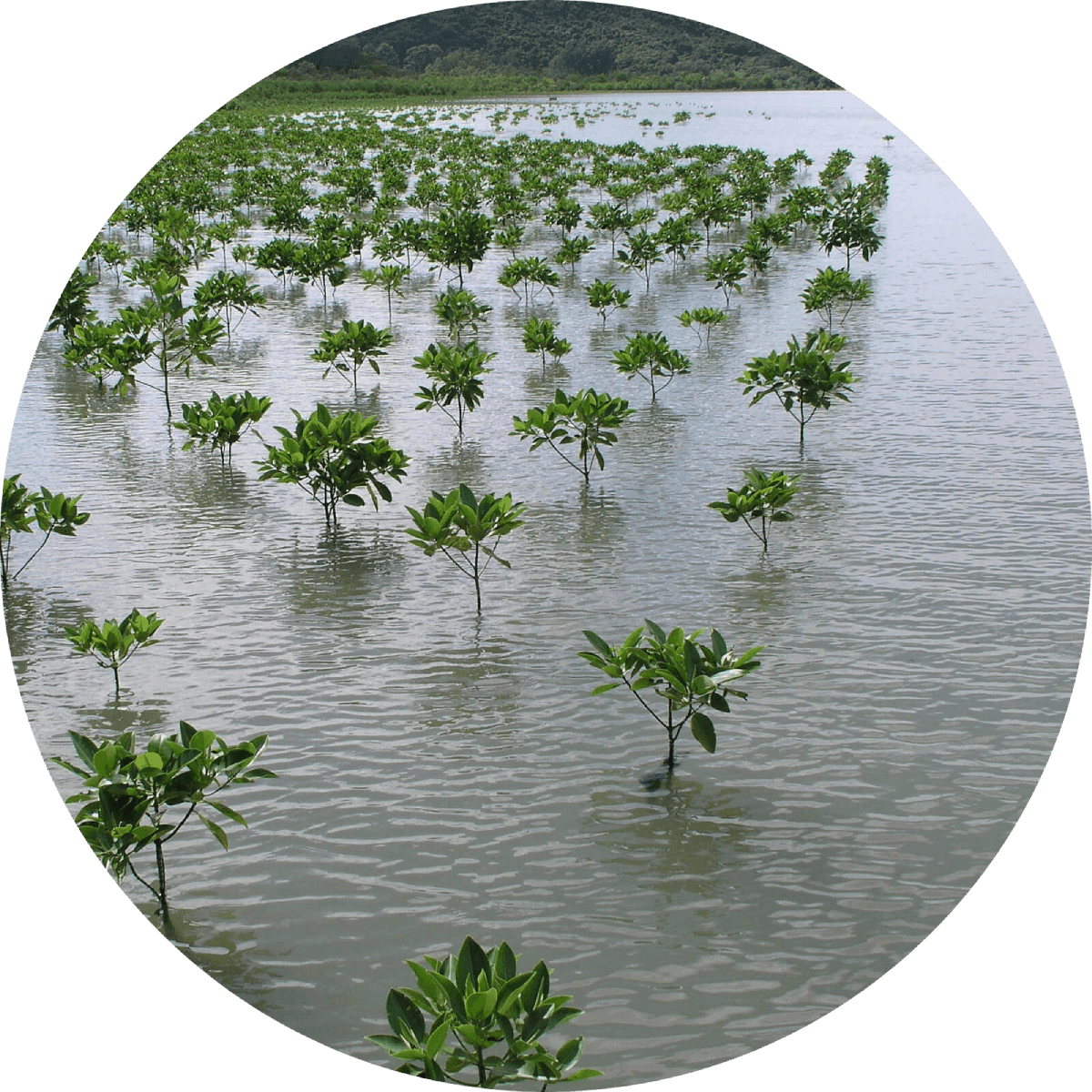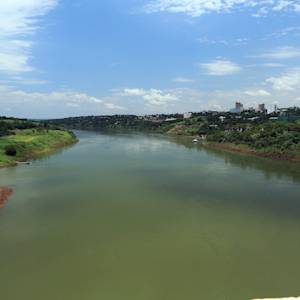Zambezi River
2023 CE • Southeastern Africa
"The Zambezi River, the fourth-longest river in Africa, flows . . . past a few cities, winding through remote, rust-colored canyons and touching six states before entering the Indian Ocean. It’s a natural wonder, but also a life source for those who live in its basin. For generations, the river has provided water for people, animals and agriculture. Millions of people depend on the vitality of the Zambezi River, including flood plains and delta. These are highly productive and biologically diverse ecosystems, fed by seasonal floods. They have played a crucial role in shaping culture and driving local and regional economies for centuries within the basin . . . [D]uring the dry season, wetlands become a magnet for pastoralists, and act as a buffer against droughts for very large areas of the region. As its flow has dwindled, thanks to climate change and dams, the river basin’s productivity is under threat . . . Challenges in the Zambezi Basin vary from lack of access to water despite the abundance of it in the vicinity, to droughts, floods, and animal and human conflict . . . Climate change is increasingly expected to drive water shortages in the future . . . The Zambezi delta is particularly at risk. It is one of the most productive areas in one of the world’s poorest countries. The delta includes 230 kilometers of coastline fronting 18,000 square kilometers of swamps, floodplains, and even savannahs. The area has long been prized by subsistence fishermen and farmers, who find fertile ground for crops like sugar and fertile waters for prawns and fish. Two species of endangered cranes and one of the largest concentration of buffalo in Africa among many other species of wildlife have found a haven in this internationally recognized wetland."
Fidelis Zvomuya, "The Zambezi River, Drained Bone Dry," International Rivers, November 30, 2017.
Image: flowcomm via Flickr, Attribution 2.0 Generic (CC BY 2.0)


Learn about Maya Lin’s fifth and final memorial: a multi-platform science based artwork that presents an ecological history of our world - past, present, and future.

Discover ecological histories and stories of former abundance, loss, and recovery on the map of memory.

Learn how we can reduce our emissions and protect and restore species and habitats – around the world.

See how art can help us rethink the problems we face, and give us hope that each one of us can make a difference.

Help make a global memorial something personal and close to home. Share your stories of the natural world.

